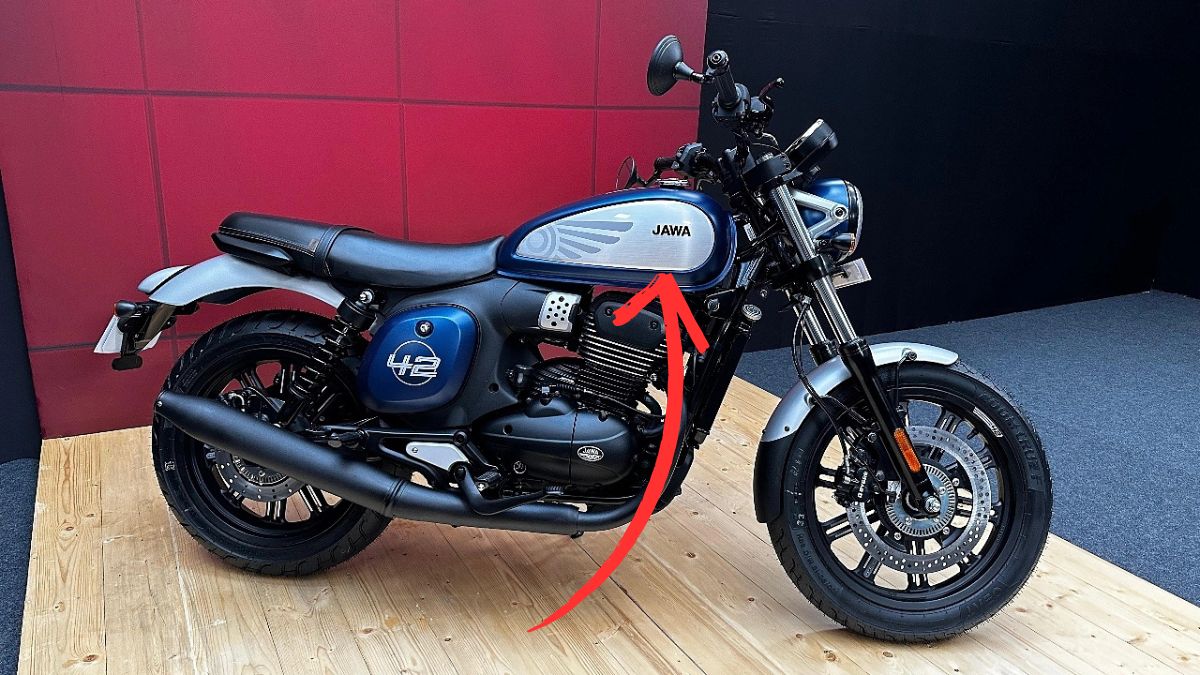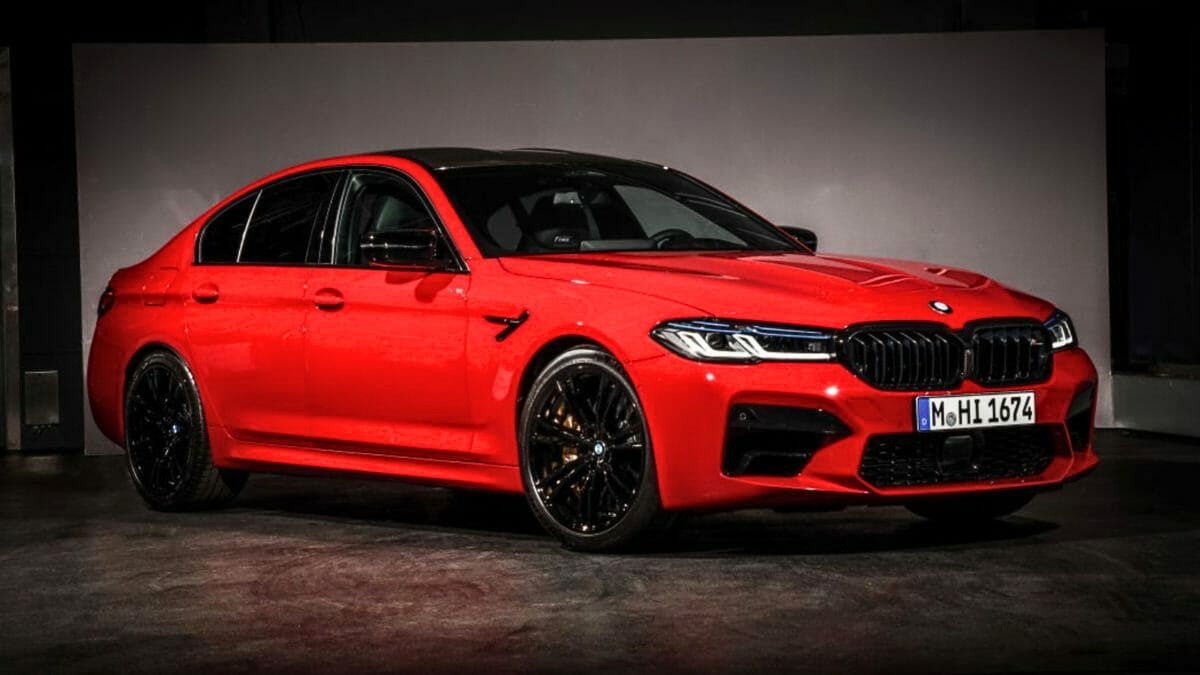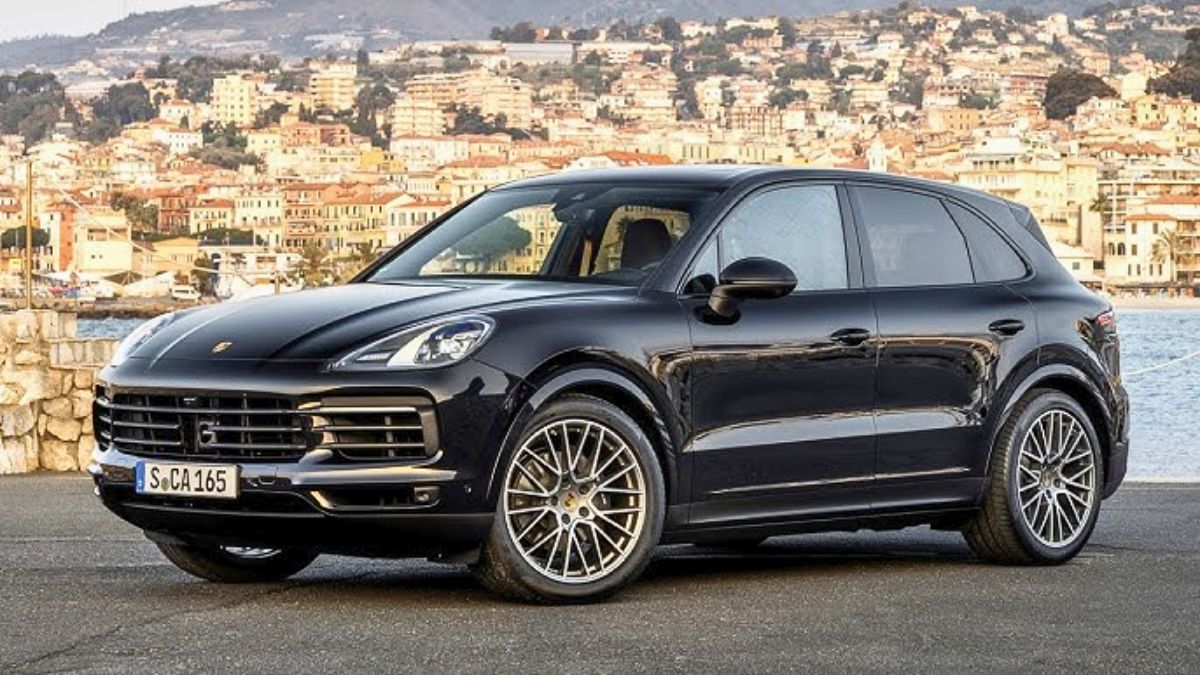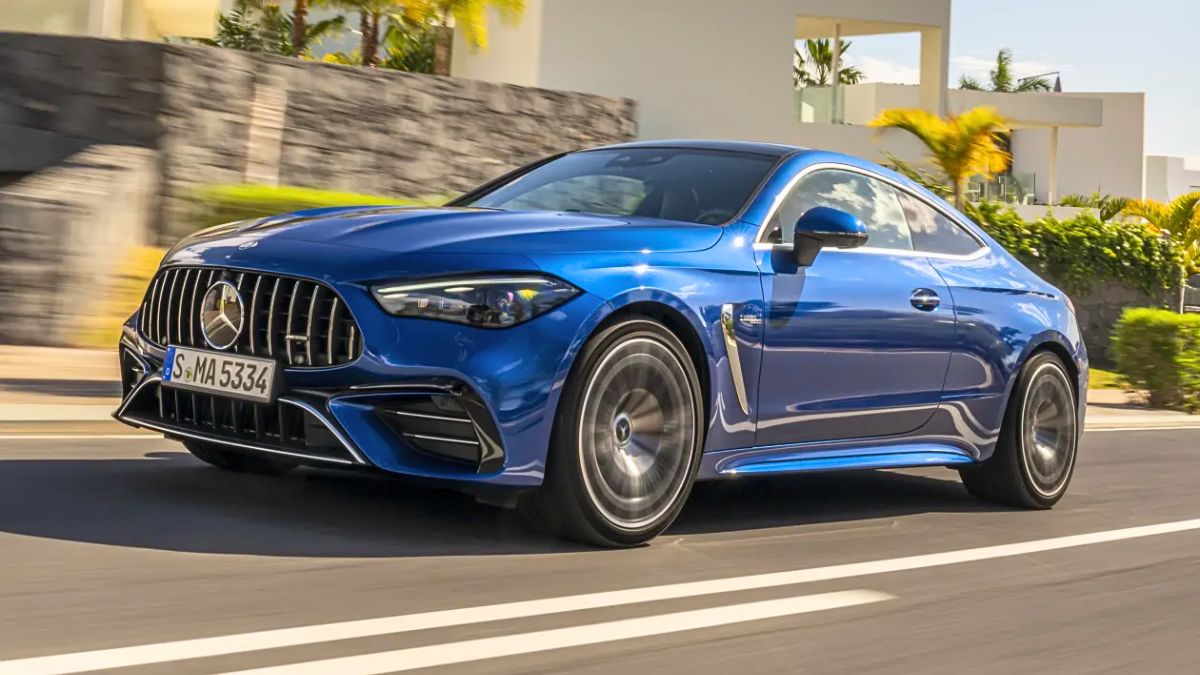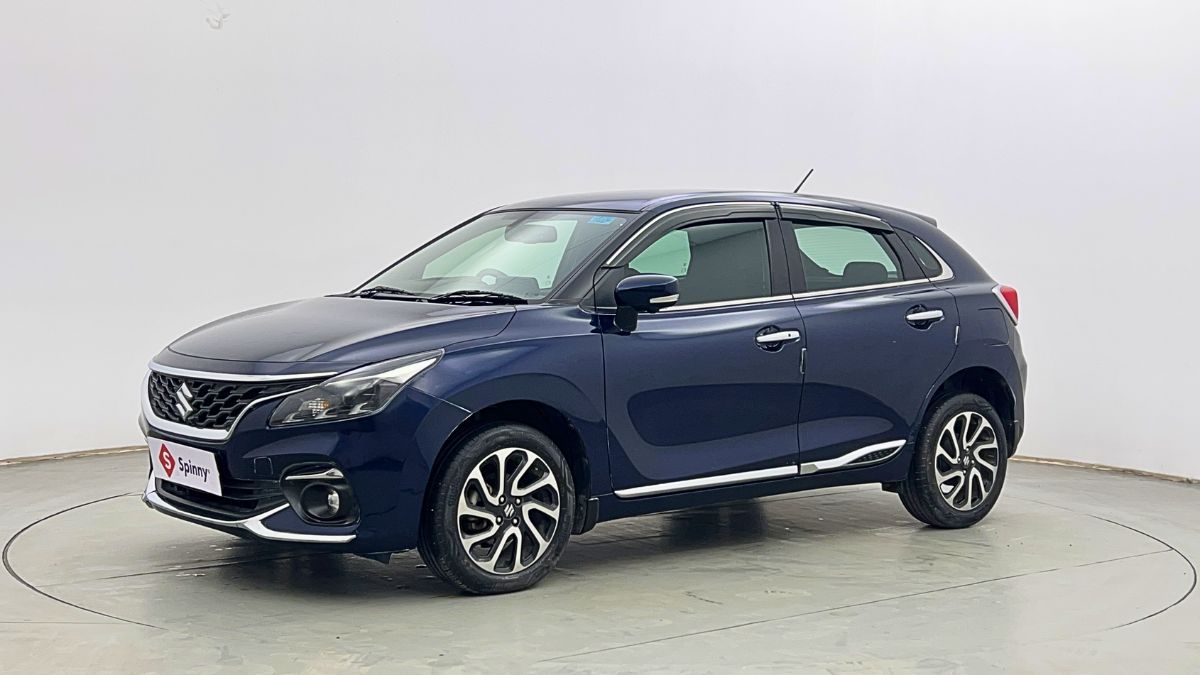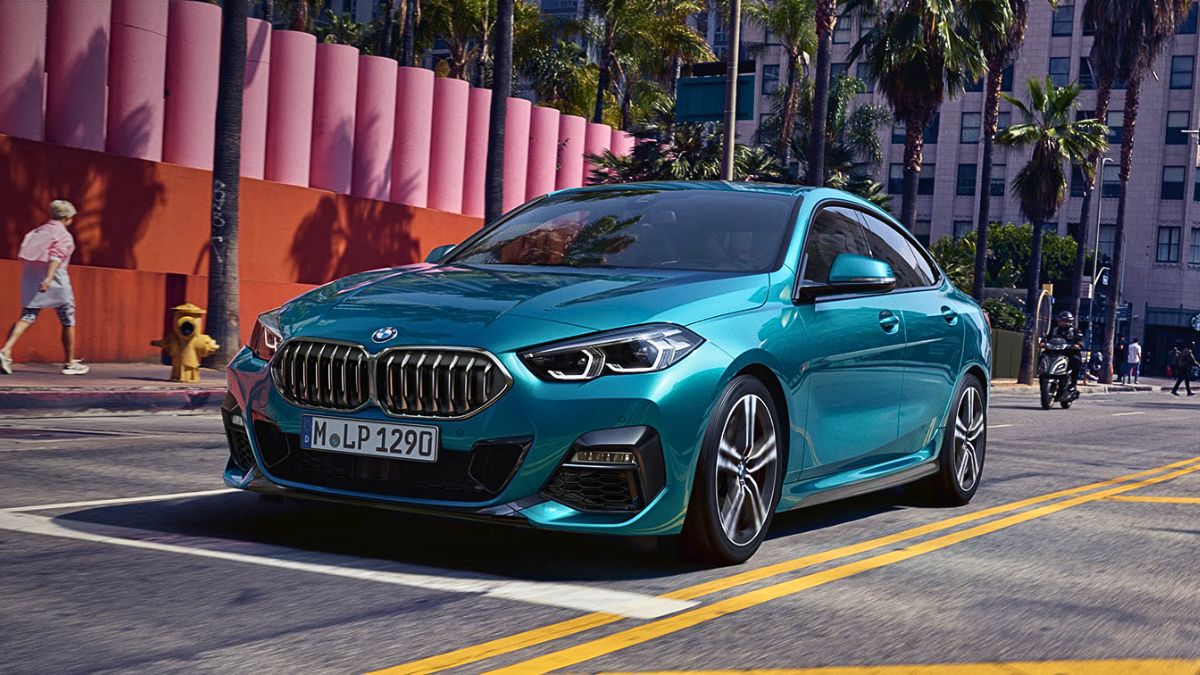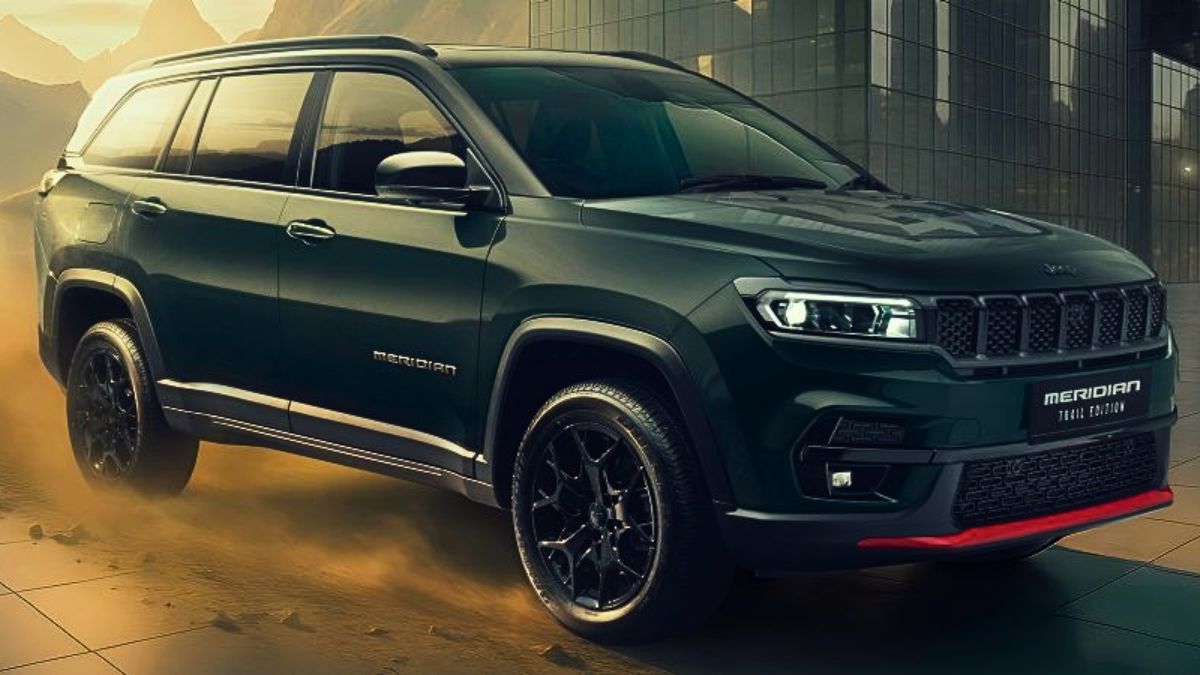India’s motorcycle market is undergoing a major shift with the introduction of the new Jawa 42. This bike blends classic styling with modern technology, making it a strong competitor to the Royal Enfield Bullet, which has long dominated the retro motorcycle segment.
With its mix of nostalgia and innovation, the Jawa 42 is gaining traction among both veteran riders and young enthusiasts. Let’s take a closer look at how this motorcycle is shaping the competition.
Table of Contents
A Glimpse into Jawa’s Legacy
Jawa is a brand that holds a special place in the hearts of Indian motorcycle enthusiasts. First introduced in the 1960s, Jawa bikes were known for their robust build, distinct styling, and powerful engines.
After disappearing from the market for several decades, Jawa made a grand comeback in 2018, reviving its legacy with modernized models like the Jawa 42. This new motorcycle aims to honor the past while integrating the latest advancements in technology and performance.
A Modern Classic
The Jawa 42 stays true to its retro roots while embracing modern design elements. It retains classic features like the round headlamp, teardrop fuel tank, and chrome accents, which give it a vintage appeal.
At the same time, Jawa has introduced LED lighting, a digital-analog instrument cluster, and fresh color options, making the bike attractive to younger riders. The result is a motorcycle that offers the best of both worlds—a timeless look with contemporary functionality.
Performance and Riding Experience
At the heart of the Jawa 42 is a 293cc liquid-cooled engine, producing 27 PS of power and 27.05 Nm of torque. This setup delivers a smooth and refined riding experience, setting it apart from the Royal Enfield Bullet’s 350cc engine, which is known for its torquey but more old-school performance. The lightweight chassis of the Jawa 42 enhances its agility, making it easier to handle in city traffic and on open roads.
For comfort and safety, the Jawa 42 is equipped with telescopic front forks and twin shock absorbers at the rear, ensuring a stable and cushioned ride. The inclusion of dual-channel ABS provides improved braking performance, giving riders more confidence on the road. The overall riding experience is designed to be enjoyable for both daily commutes and long highway rides.
Modern Technology and Safety
While the Jawa 42 retains its retro styling, it does not compromise on modern technology. The bike features Bluetooth connectivity, turn-by-turn navigation, and a USB charging port, offering convenience for riders who rely on smartphones for navigation and communication.
In contrast, the Royal Enfield Bullet has traditionally maintained a more simplistic approach, focusing on an old-school mechanical feel. This difference gives the Jawa 42 an edge for riders who appreciate modern-day conveniences without sacrificing the retro aesthetic.
The bike also offers improved headlight visibility and an upgraded braking system, enhancing safety in urban and highway conditions.
Pricing and Market Impact
One of the most significant advantages of the Jawa 42 is its competitive pricing. It is often priced lower than the Royal Enfield Bullet, making it an attractive alternative for buyers looking for a blend of classic styling and modern features at an affordable cost.
Jawa has also worked to expand its dealer network and service centers, aiming to match Royal Enfield’s widespread presence. By improving accessibility and after-sales service, Jawa is strengthening its market position and making the 42 a more viable option for prospective buyers.
Consumer Response and Long-Term Appeal
Since its launch, the Jawa 42 has received positive feedback from riders. Many appreciate its comfortable ergonomics, smooth engine performance, and fuel efficiency. Some early models had minor reliability issues, but Jawa has responded well to customer concerns by improving its service and support.
As the brand continues to refine its motorcycles, the Jawa 42 is gaining a reputation as a worthy competitor to the Royal Enfield Bullet.
Competitive Landscape
The arrival of the Jawa 42 has intensified competition in the retro motorcycle segment. In response, Royal Enfield is updating its Bullet lineup and investing in new models to maintain its market dominance.
With growing consumer demand for classic-styled motorcycles that offer modern features and better ride quality, both brands are pushing the limits to attract buyers.
As competition increases, motorcycle enthusiasts can expect more innovation, improved performance, and additional choices in the retro bike segment. This healthy rivalry between Jawa and Royal Enfield will ultimately benefit consumers by providing better motorcycles at competitive prices.
The Jawa 42 is more than just a modern interpretation of a classic motorcycle. It is a serious challenger to the Royal Enfield Bullet. With its blend of heritage, advanced features, and accessible pricing, it is reshaping India’s motorcycle landscape.
Whether it can dethrone the Bullet remains to be seen, but one thing is certain. This competition is driving innovation, better technology, and more choices for Indian riders.
FAQs
How does the Jawa 42 compare to the Royal Enfield Bullet?
The Jawa 42 offers a lighter build, modern features, and a refined engine, while the Bullet provides a more traditional and torquey riding experience.
Is the Jawa 42 good for long rides?
Yes, the Jawa 42 offers a comfortable seat, smooth engine performance, and dual-channel ABS for long-distance touring.
Does the Jawa 42 have Bluetooth connectivity?
Yes, it includes Bluetooth connectivity, turn-by-turn navigation, and a USB charging port.
What is the mileage of the Jawa 42?
The Jawa 42 offers an approximate mileage of 30-35 kmpl, depending on riding conditions.
Is the Jawa 42 cheaper than the Royal Enfield Bullet?
Yes, the Jawa 42 is competitively priced and often costs less than the Bullet, making it an affordable alternative.
